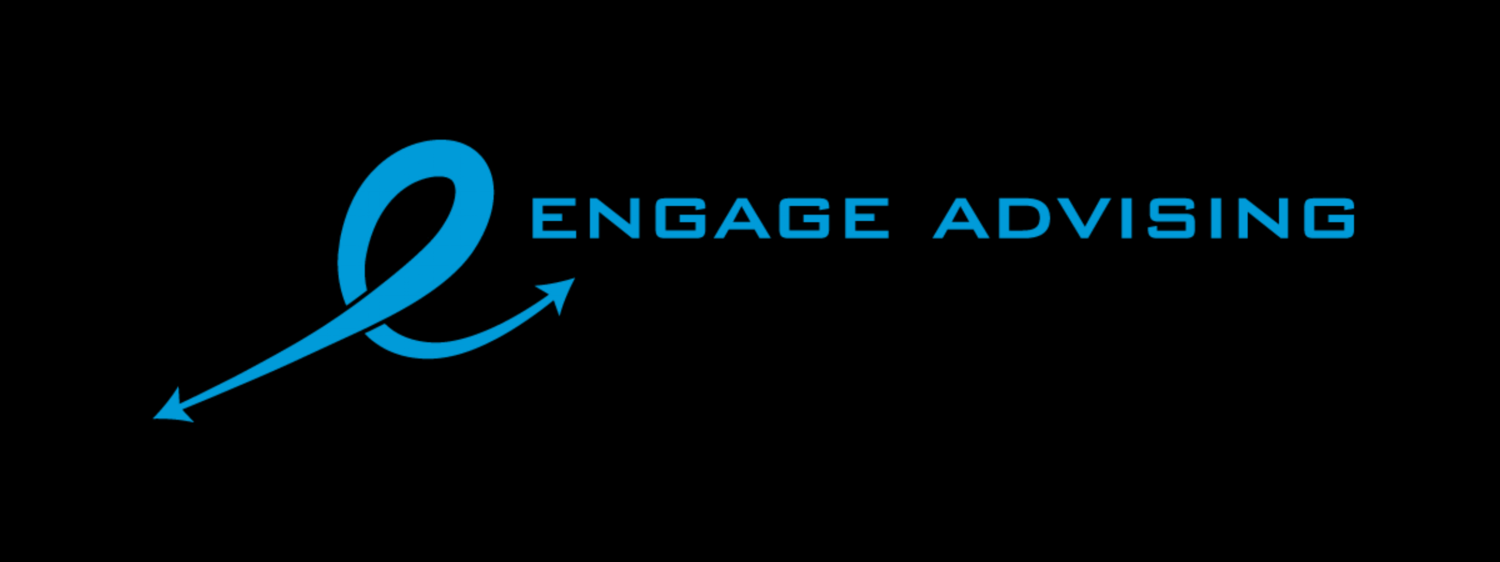June is here! For many in the LGBTQ community, June is a special month. For us, it’s our month to express pride in ourselves and our community, to honor those who came before us, and those who fought for our rights. It’s also time to reflect on those no longer with us, and the battles we still need to fight. Unfortunately, Pride can also be a time when we overspend and even harshly compare ourselves to others to see how we measure up. All of this euphoria, celebrating, overspending, and comparing ourselves to others can have a negative effect on our confidence and our finances. Let’s look at ways to move forward in financial health – and hopefully, emotional health as well.
I’m just going to say it; stop comparing yourself to others. Period! Especially, from a financial perspective. If you are constantly comparing yourself to others on a financial basis, you are missing the bigger, more important picture. Which is that, you are not that person, and they are not you. Comparing yourself to others without knowing the true, underlying facts about their financial situation is actually harmful. Money, as with sexuality, freedom, and happiness, exists on a continuum. Take a moment to acknowledge that you are not the poorest person you know, nor are you the richest. So, what should you do?
Time for a reality check! A financial reality check that is by creating a basic personal balance sheet. Find out where you stand exactly and stop comparing yourself to others. You can start this on your own. Sit down with a piece of paper and make two columns: one labeled assets, the other, liabilities. In the asset column, write down all of the cash, investments, or highly valuable items that you own. In the liability column, write down what you owe like mortgage, car loan, student loan, etc. For example, let’s say you own your home. The current fair market value of the home goes in the asset column, any mortgage, lien, or other loan against the home goes in the liability column. There are also many online resources available as well. Let’s say you bought your home for $350,000 and it’s now worth $600,000. However, you still have a mortgage on the home of $175,000 and a home equity line of credit with a balance of $25,000 owed. You are actually $400,000 positive. The $600,000 FMV goes in your asset column, and the $200,000 you owe against your home goes in the liabilities column. Basically, know what you own and what you owe and don’t be concerned with others.
Part two of this personal balance sheet exercise goes a step further. Now that you know what your assets and liabilities are, you need to know what your cash flow looks like. On another sheet of paper (or app, or online resource), list all of your income sources for the month and year. You need to record the net amount vs. the gross amount. The net amount is the amount you actually get to keep and use each month after deductions such as taxes. Review your checking account, credit card statements, automatic billing arrangements, utilities, and any item that is cash out on a monthly basis. Add these up and compare to the total income received each month. You need to have more income than bills or you are in financial trouble and need to seek help.
Next, set goals. I’m sure you’ve heard that until you write it down, it’s not a goal. Before you do that, you need to have a goal planning session. What’s important to you? When do you want to achieve that dream? It all starts with writing down that goal. Once you identify your goal and how much it costs, break it down by having a deadline. You can have multiple goals for short-term, medium, and long-term horizons. Break them down by how many years, months, and weeks. This will help you identify how much you need to save for the goal and when you can reach it. You may need to adjust your goal based on your resources and timeframe but you won’t know until you chart a path to your goal.
Once you do the personal balance sheet and cash flow exercise, you’ll know what you have to work with each month to reach your goals. In addition, you will also want to know how to save. Should it be a cash account, CD, high-yield savings, or taxable investment account? All methods have pros and cons, and all should be explored and matched against your personal risk tolerance, your available resources (i.e., cash), and your timeline.
Overwhelming? Then get help. As an independent Certified Financial Planner™, I can help you prepare for your new financial life. No matter where you are in life, a CFP® professional can help you create a financial plan for today and tomorrow. Contact me and let’s get started! #talktometuesday #education #Hireaplanner #marriage #love #income #estateplanning #CFPPro #LetsMakeAPlan


